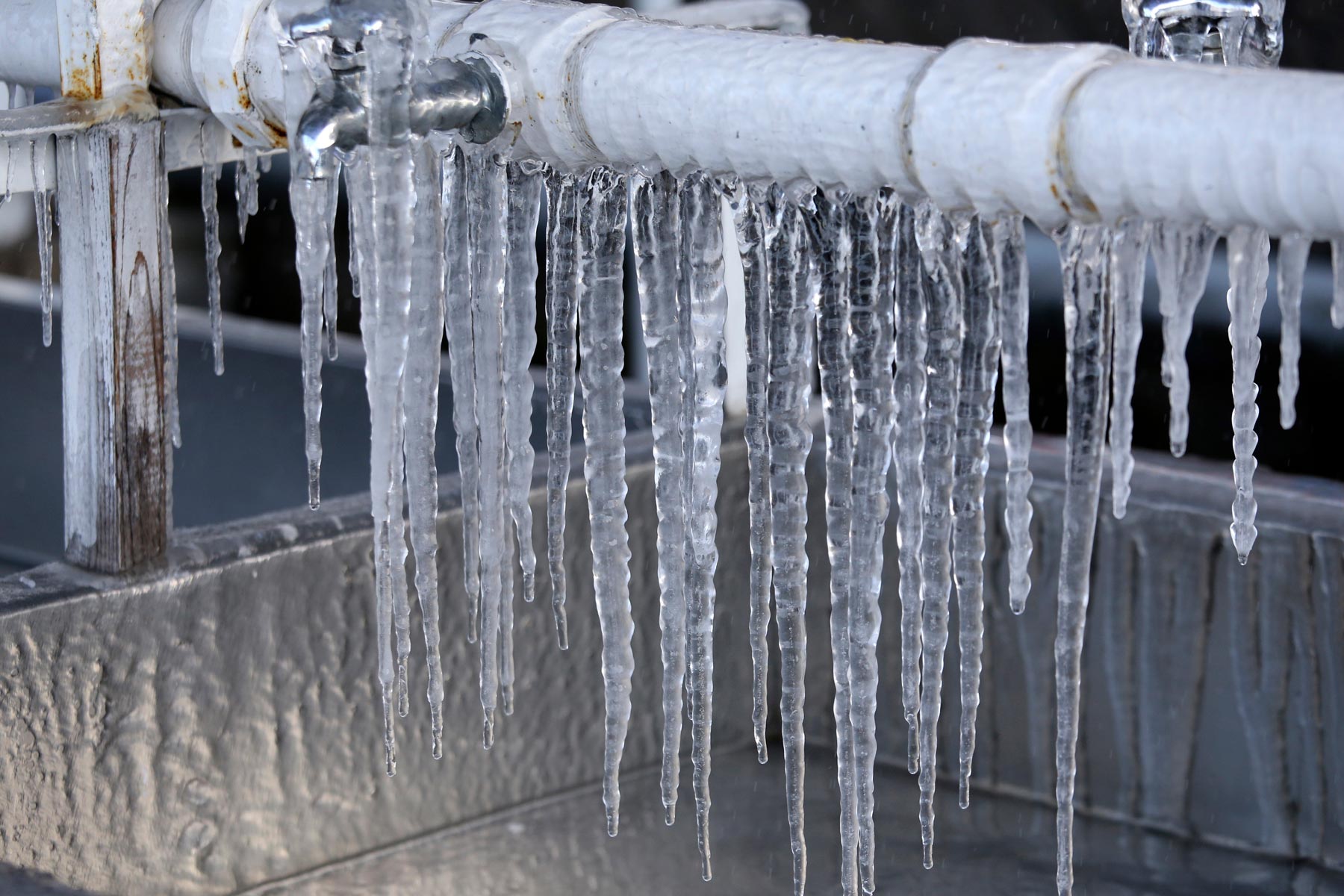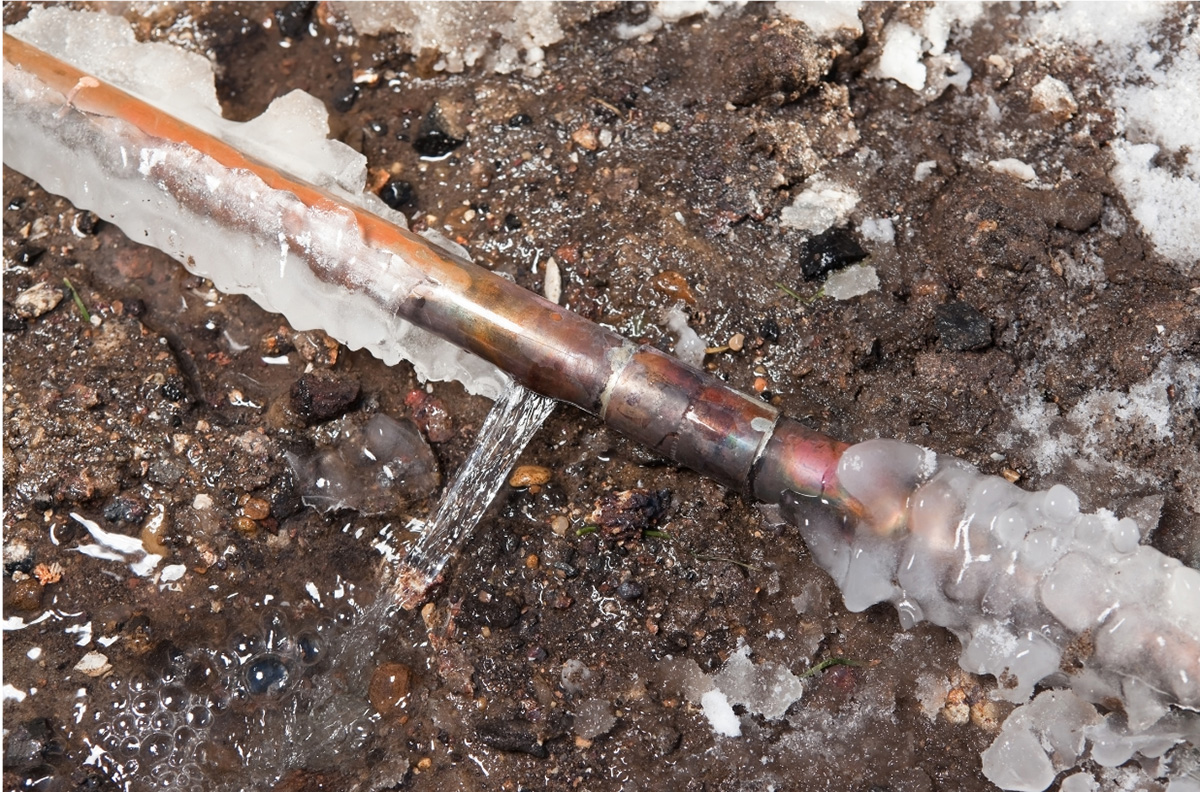We've discovered this great article relating to Winter Plumbing Precautions: Preventing Frozen Pipes below on the web and accepted it made good sense to relate it with you in this article.

Cold weather can damage your pipes, particularly by freezing pipes. Right here's exactly how to stop it from happening and what to do if it does.
Introduction
As temperature levels decline, the danger of icy pipelines increases, potentially leading to costly repairs and water damage. Recognizing exactly how to prevent frozen pipes is crucial for property owners in cool climates.
Understanding Frozen Pipelines
What creates pipelines to ice up?
Pipes freeze when subjected to temperatures below 32 ° F (0 ° C) for extended periods. As water inside the pipelines ices up, it broadens, putting pressure on the pipe walls and possibly triggering them to burst.
Threats and problems
Frozen pipes can result in supply of water disruptions, home damage, and costly repair work. Ruptured pipes can flooding homes and trigger extensive architectural damage.
Indicators of Frozen Pipeline
Recognizing frozen pipelines early can prevent them from rupturing.
Just how to identify frozen pipelines
Try to find decreased water flow from taps, uncommon smells or noises from pipes, and noticeable frost on exposed pipes.
Avoidance Tips
Insulating susceptible pipelines
Cover pipelines in insulation sleeves or make use of warmth tape to protect them from freezing temperatures. Focus on pipelines in unheated or external locations of the home.
Home heating methods
Keep interior areas effectively warmed, particularly areas with pipes. Open cabinet doors to allow cozy air to distribute around pipes under sinks.
Shielding Outside Pipes
Yard hoses and outside taps
Disconnect and drain garden pipes prior to winter months. Set up frost-proof faucets or cover outside faucets with protected caps.
What to Do If Your Pipes Freeze
Immediate activities to take
If you suspect frozen pipelines, keep taps open to alleviate stress as the ice melts. Utilize a hairdryer or towels taken in hot water to thaw pipelines gradually.
Long-Term Solutions
Structural adjustments
Think about rerouting pipelines far from exterior walls or unheated locations. Include extra insulation to attics, basements, and crawl spaces.
Updating insulation
Buy top notch insulation for pipelines, attic rooms, and walls. Proper insulation helps maintain constant temperatures and minimizes the danger of icy pipes.
Verdict
Preventing frozen pipelines calls for aggressive actions and fast actions. By comprehending the causes, signs, and preventive measures, homeowners can safeguard their plumbing throughout winter.
5 Ways to Prevent Frozen Pipes
Drain Outdoor Faucets and Disconnect Hoses
First, close the shut-off valve that controls the flow of water in the pipe to your outdoor faucet. Then, head outside to disconnect and drain your hose and open the outdoor faucet to allow the water to completely drain out of the line. Turn off the faucet when done. Finally, head back to the shut-off valve and drain the remaining water inside the pipe into a bucket or container. Additionally, if you have a home irrigation system, you should consider hiring an expert to clear the system of water each year.
Insulate Pipes
One of the best and most cost-effective methods for preventing frozen water pipes is to wrap your pipes with insulation. This is especially important for areas in your home that aren’t exposed to heat, such as an attic. We suggest using foam sleeves, which can typically be found at your local hardware store.
Keep Heat Running at 65
Your pipes are located inside your walls, and the temperature there is much colder than the rest of the house. To prevent your pipes from freezing, The Insurance Information Institute suggests that you keep your home heated to at least 65 degrees, even when traveling. You may want to invest in smart devices that can keep an eye on the temperature in your home while you’re away.
Leave Water Dripping
Moving water — even a small trickle — can prevent ice from forming inside your pipes. When freezing temps are imminent, start a drip of water from all faucets that serve exposed pipes. Leaving a few faucets running will also help relieve pressure inside the pipes and help prevent a rupture if the water inside freezes.
Open Cupboard Doors
Warm your kitchen and bathroom pipes by opening cupboards and vanities. You should also leave your interior doors ajar to help warm air circulate evenly throughout your home.

Do you like reading up on Winter Plumbing Precautions: Preventing Frozen Pipes? Give a short review below. We would be pleased to know your ideas about this post. Hoping to see you back again soon. Sharing is good. You won't know, you may be helping someone out. Bless you for your time. Revisit us soon.
Quote
 Mara Wilson Then & Now!
Mara Wilson Then & Now! Dylan and Cole Sprouse Then & Now!
Dylan and Cole Sprouse Then & Now! Michelle Trachtenberg Then & Now!
Michelle Trachtenberg Then & Now! Suri Cruise Then & Now!
Suri Cruise Then & Now! Barbara Eden Then & Now!
Barbara Eden Then & Now!